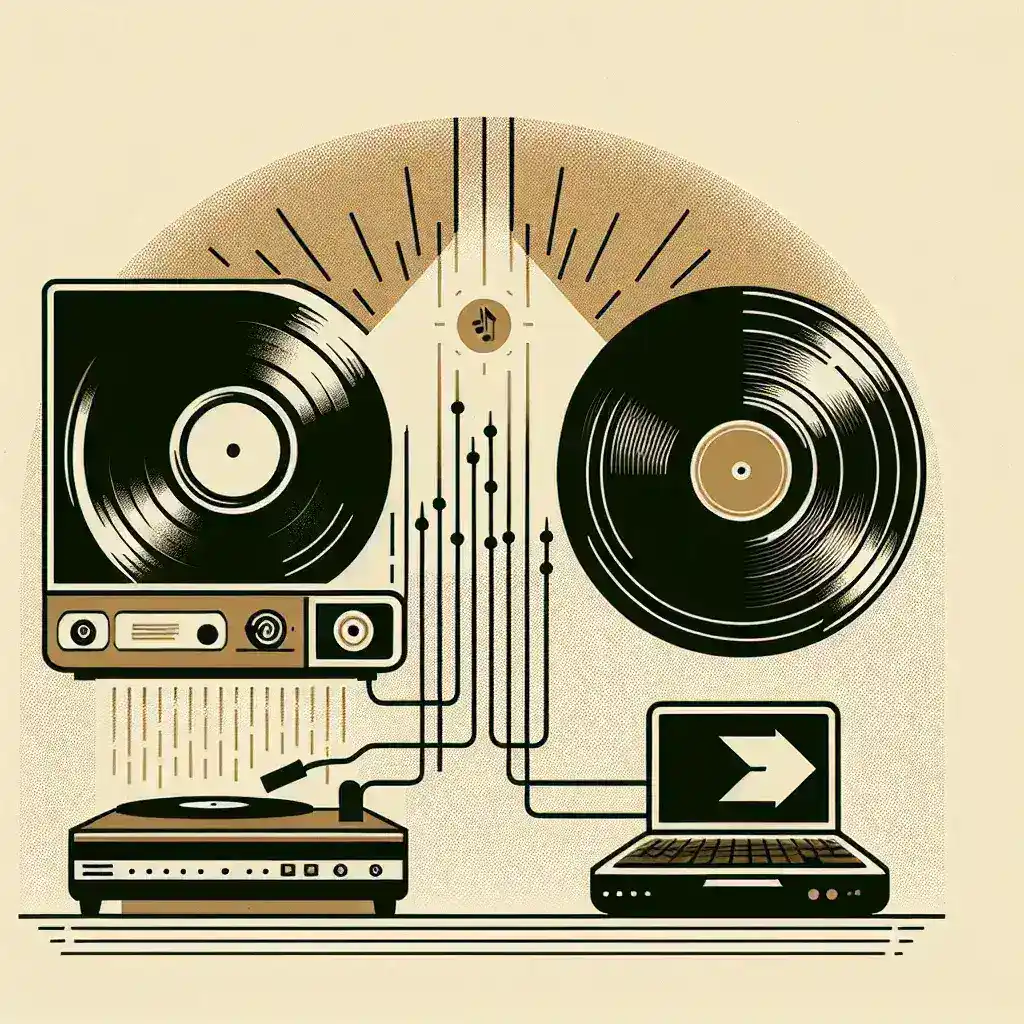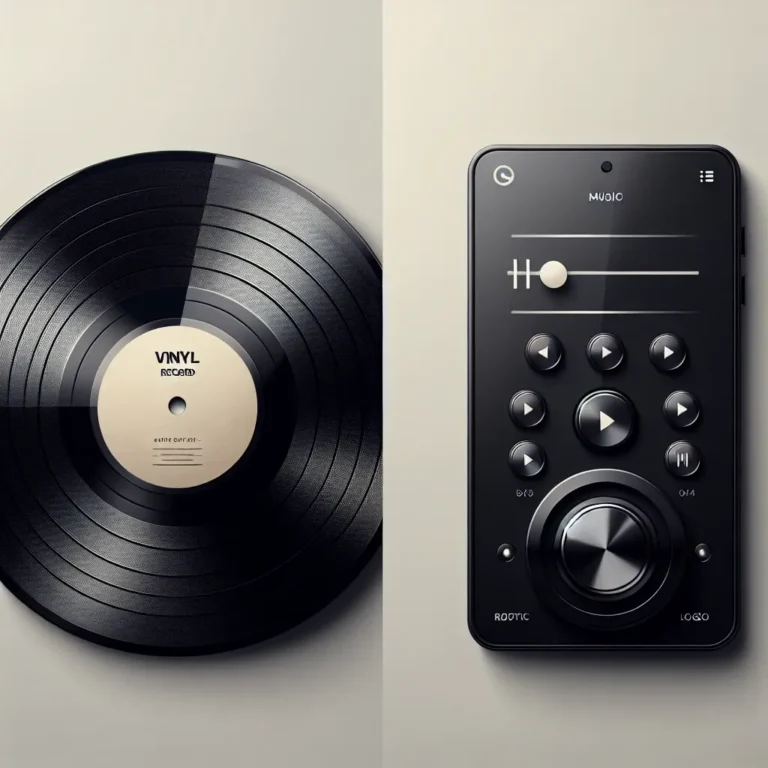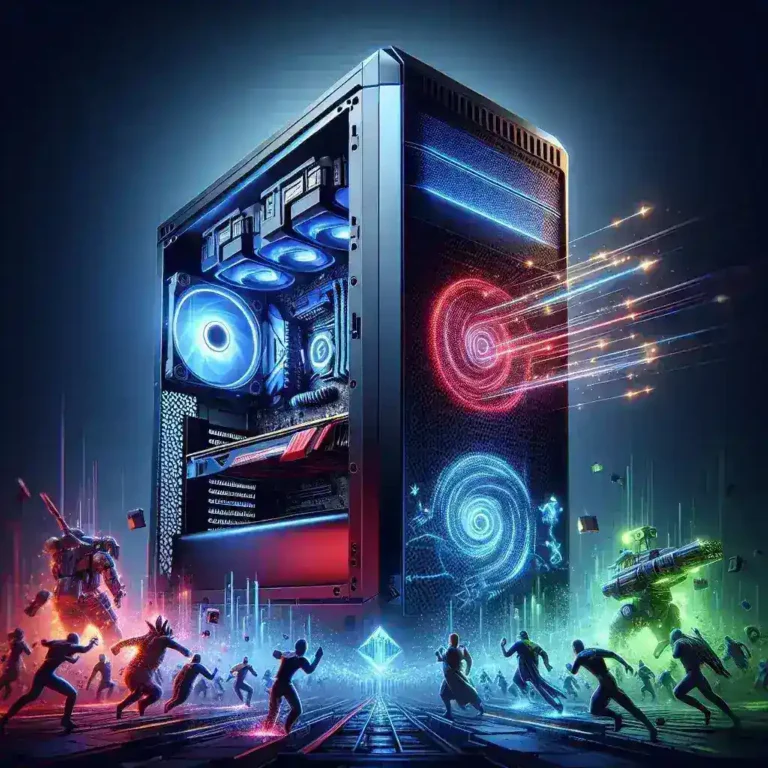
How can I convert my vinyl records to digital format?
Vinyl records have a special charm and sound quality that many audio enthusiasts adore. However, with the rise of digital media, converting vinyl records to a digital format is becoming increasingly popular. This guide provides you with everything you need to know to successfully convert your vinyl records to digital files. Whether you are doing it for preservation, convenience, or sharing purposes, here’s how you can get started.
Equipment You Will Need
Before beginning the conversion process, ensure you have the following equipment:
- Turntable: A device to play your vinyl records.
- Computer: A desktop or laptop to run the recording software.
- Audio Interface: A device to connect the turntable to your computer.
- Recording Software: Software to capture the audio from your turntable.
- USB Turntable (optional): An all-in-one device that simplifies the process.
Comparison of USB Turntable and Traditional Turntable Setup
| Feature | USB Turntable | Traditional Turntable + Audio Interface |
|---|---|---|
| Ease of Use | High | Moderate |
| Sound Quality | Good | High |
| Cost | Lower | Higher |
| Flexibility | Low | High |
Step-by-Step Guide to Converting Vinyl to Digital
1. Set Up Your Equipment
Begin by setting up your turntable and ensuring it is in good working order. If you are using a traditional turntable, connect it to the audio interface, and then connect the audio interface to your computer. If you have a USB turntable, simply connect it directly to your computer via USB.
2. Install Recording Software
Choose and install the appropriate recording software on your computer. Some popular options include Audacity, GarageBand (for Mac users), and Adobe Audition. Follow the installation instructions provided by the software.
3. Configure Recording Settings
Open your recording software and configure the input settings to recognize your turntable or audio interface. Set the appropriate sample rate (44.1 kHz is standard for CD quality) and bit depth (16-bit or higher).
4. Clean Your Vinyl Records
Before playing your vinyl records, make sure they are clean to minimize noise and ensure the best possible sound quality. You can use record cleaning brushes or solutions specifically designed for vinyl.
5. Start Recording
Place your vinyl record on the turntable and start playing it. Simultaneously, hit the record button on your recording software to capture the audio. It’s crucial to monitor the recording levels to avoid clipping or distortion.
6. Edit the Recorded Audio
Once the recording is complete, you can edit the audio file to remove any unwanted noise or silence. Most recording software offers tools to enhance sound quality, such as noise reduction, equalization, and normalization.
7. Save and Export the Digital File
After editing, save your digital file in your preferred format, such as WAV, MP3, or FLAC. Each format has its own advantages and disadvantages in terms of file size and sound quality.
Tips for Optimal Conversion
- Use High-Quality Cables: Ensure the cables you use to connect your turntable and audio interface are of high quality to maintain pristine sound quality.
- Regular Maintenance: Regularly maintain and clean your turntable and records to extend their lifespan and improve recording quality.
- Choose Lossless Formats: If preserving sound quality is a priority, consider saving your digital files in lossless formats like FLAC or WAV.
- Backup Your Files: Always create backups of your digital files to prevent data loss.
- Organize Your Collection: Keep your digital files organized with proper metadata, such as artist name, album title, and track number.
Conclusion
Converting vinyl records to a digital format is a rewarding process that allows you to enjoy your music collection in a modern, convenient way. By following the steps outlined in this guide and utilizing the right equipment, you can preserve the rich, warm sound of your vinyl records for years to come. Happy converting!



Leave a Comment